Educational drones are transforming STEM learning by combining theory and practice in an engaging way. Testing an educational drone is not just about ensuring its functionality—it’s about gaining insights into engineering, coding, and problem-solving in real-world scenarios. Here’s a step-by-step breakdown of what goes into testing an educational drone and why it’s an essential part of the learning process.
1. Pre-Flight Preparations
Before the drone takes off, students and educators must:
- Inspect the Hardware: Check for loose propellers, secure connections, and proper battery installation.
- Update the Firmware: Ensure the drone’s software is up-to-date to avoid bugs or compatibility issues.
- Calibrate Sensors: This includes GPS, gyroscopes, and accelerometers, ensuring stable flight and accurate data collection.
2. Coding and Simulation
Educational drones often allow programming for automated flights or specific maneuvers.
- Programming Tools: Students can use block-based programming (ideal for beginners) or languages like Python to control the drone.
- Simulation Testing: Platforms like Gazebo enable testing the programmed flight in a virtual environment, reducing risks and allowing for debugging before real-world deployment.
3. Flight Testing
This is where the theory meets reality. Students execute their programmed commands and observe the drone’s response.
- Controlled Environment: Start in a safe, open space, like a gym or outdoor field, free of obstacles.
- Test Scenarios: Run tests like takeoff, landing, hovering, and navigation through predefined paths.
- Data Analysis: Record the drone’s performance and analyze telemetry data to identify areas for improvement.
4. Troubleshooting and Iteration
Drone testing often highlights unexpected challenges, offering valuable problem-solving opportunities.
- Fine-Tuning Code: Adjust algorithms to optimize performance, whether it’s for smoother turns or faster obstacle detection.
- Hardware Adjustments: Replace faulty components or recalibrate sensors to address inconsistencies.
- Team Collaboration: Foster teamwork as students brainstorm solutions and share insights.
5. Real-World Applications
Testing an educational drone doesn’t stop at functionality—it can be linked to real-world projects.
- Data Collection: Use drones for environmental monitoring, such as measuring air quality or mapping terrain.
- Creative Challenges: Design obstacle courses or program drones to complete tasks autonomously, merging creativity with engineering skills.
Why Testing Matters
Drone testing teaches critical skills beyond technology:
- Resilience: Learning from failures and iterating on solutions.
- Teamwork: Collaborating to troubleshoot and innovate.
- Practical Application: Bridging the gap between classroom knowledge and real-world challenges.
Educational drones are more than gadgets—they’re gateways to innovation and discovery. Testing them offers a hands-on approach to learning, where students gain technical expertise and a deep understanding of the iterative process essential in STEM fields.
Ready to take your drone testing to the next level? Let your creativity soar!



